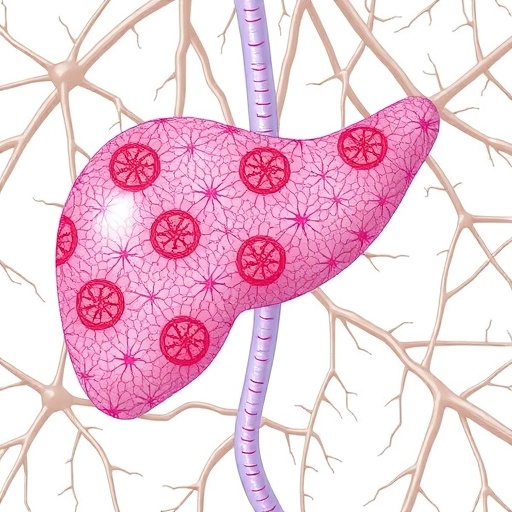
Credit: MD Anderson Cancer Center
HOUSTON — new genetic-based model may explain how a common form of early-stage breast cancer known as ductal carcinoma in situ (DCIS) progresses to a more invasive form of cancer say researchers at The University of Texas MD Anderson Cancer Center.
The study provides new insight into how DCIS leads to invasive ductal carcinoma (IDC), and provides a clearer understanding of why some of these cancers go undetected. Findings were published in the Jan. 4 on-line issue of Cell. The discovery was made possible by the researchers' development of a new analytical tool called topographic single cell sequencing (TSCS).
"While DCIS is the most common form of early-stage breast cancer and is often detected during mammography, 10 to 30 percent of this type of cancer progresses to IDC," said Nicholas Navin, Ph.D., associate professor of Genetics. "Exactly how DCIS invasion occurs genomically remains poorly understood due to several technical challenges in tissue analysis."
The problem lies within the tumor itself, with cells that often have individual genetic characteristics, known as intratumor heterogeneity. Their unique cellular makeup makes treatment more difficult, while a low number of tumor cells in the breast milk ducts make the cells harder to spot due to their scarcity.
Navin's team found that genome evolution occurs in the ducts before cancer clones can be disseminated by "breaking through" the thin layer of tissue known as the basement membrane. They found that multiple cancer cell clones co-migrate from the ducts into adjacent regions to form invasive tumors.
Previous single cell DNA sequencing methods have emerged as powerful tools for understanding intratumor heterogeneity, but they delete information about individual tumor cells' precise location within the tissue. Cellular spatial data is critical for knowing whether tumor cells are DCIS or IDC. TSCS more accurately measures and describes specific characteristics of single tumor cells.
"Because TSCS provides spatial information on cell location, it represents a milestone over previous methods that can only use suspension of cells, therefore losing all spatial information," said Navin. "We hypothesized that invasive cells share a direct genomic lineage with one or more single cells in the ducts," he said. "Our data revealed a direct genomic lineage between both DCIS and IDC, and further showed that most mutations and DNA copy number aberrations evolved within the ducts, prior to invasion."
To arrive at these findings, Navin's team used exome sequencing and applied TSCS to 1,293 single cells from 10 patients with both DCIS and IDC.
"TSCS and other similar single cell sequencing methods hold great potential for opening new avenues of investigation in early stage cancers," said Navin. "It is our hope that this type of study will shed light on the enigmatic question of why some pre-malignant cancers do not progress while others become invasive."
###
Study team participants included Anna Casasent, Aislyn Schalck, Ruli Gao, Ph.D., Emi Sei, Ph.D., Annalyssa Long and William Pangburn, all of the Department of Genetics; Tod Casasent, Department of Bioinformatics & Computational Biology; Funda Meric-Bernstam, M.D., Department of Surgical Oncology; and Mary Edgerton, M.D., Ph.D., Department of Pathology.
The study was funded by the Lefkofsky Family Foundation, the National Cancer Institute (1R01CA169244-01 and CA016672); the American Cancer Society (129098-RSG-16-092-01-TBG); and the Chan-Zuckerberg Initiative (HCA-A-1704-01668).
Media Contact
Ron Gilmore
[email protected]
713-745-1898
@mdandersonnews
http://www.mdanderson.org





